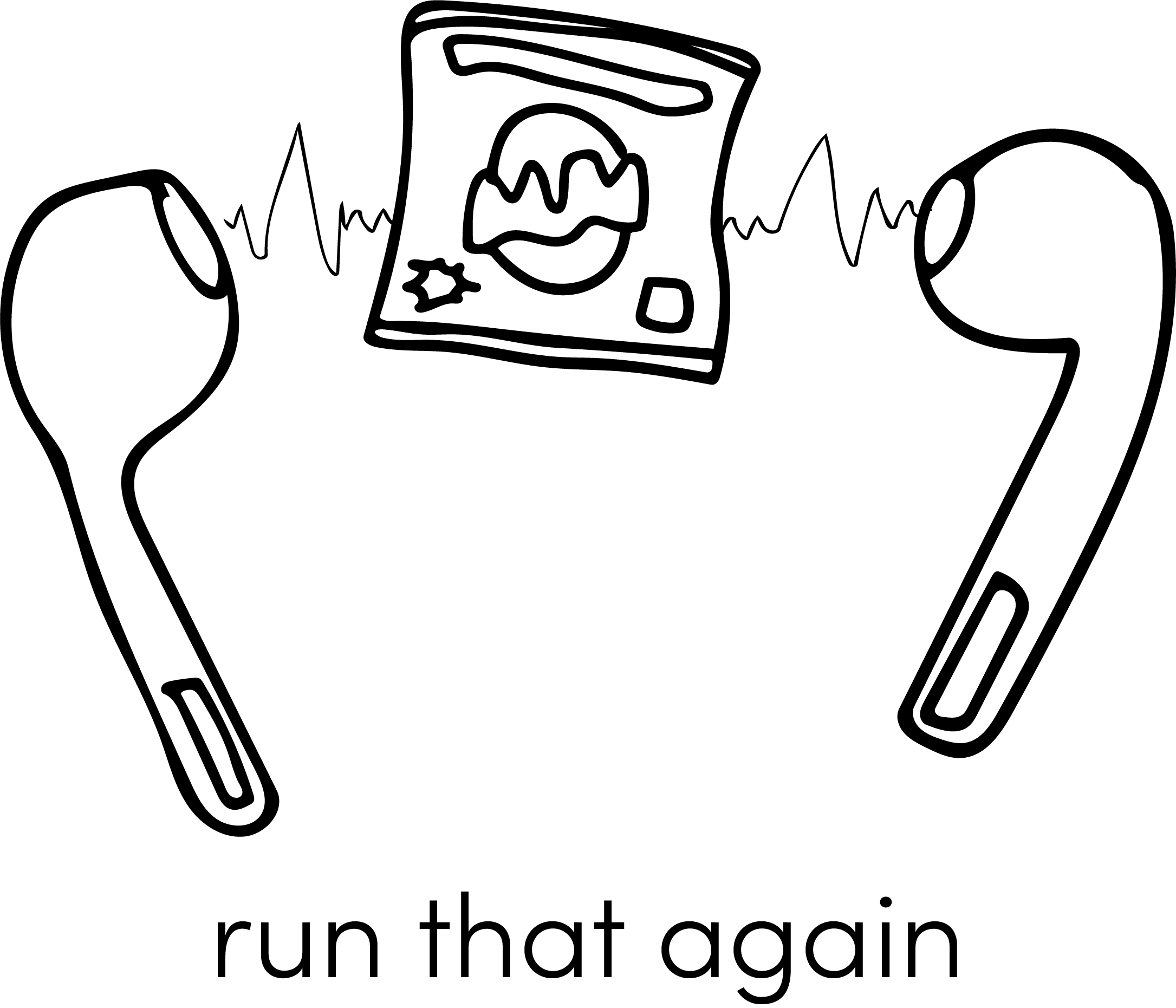It's (Extended Play) Time!
So what makes a good EP?
By Jimmy G
“The EP is something of a musical entrée, maybe not wholly satisfying by itself, but certainly enjoyable enough -when done right- to keep you pleasantly content and excited for what’s to come.”
The Broken Social Scene by Thomas Hawk, via Flickr
Let’s talk about the Extended Play- otherwise known as a big fat question industry mark. There’s no singular definite purpose for the format; it can be a highly useful tool for artists, if they know how to play it. It’s been used by debut artists as a way of presenting their first collection of work to the world but also by renowned names as a way to keep their fans satisfied until their next album drop.
The EP is something of a musical entrée, maybe not wholly satisfying by itself, but certainly enjoyable enough -when done right- to keep you pleasantly content and excited for what’s to come.
Weirdly, there are different rules, dependent on the country, for what constitutes an EP.
The Recording Industry Association of America states that an EP must have three to five songs or under 30 minutes. The U.K says it’s any record with less than four distinct tracks or with a playing time of under 25 minutes. The general consensus seems to be on the number of tracks; usually putting it around the four to five mark to be classified as an Extended Play.
So what makes a great EP? For us, it’s how the artists make the format their own (yes, we know that’s a cop-out answer!). But hear us out- the fact it can only be a few tracks long makes the artists double down on the quality of their music. There can be no lacklustre songs or damp squib tracks as there often is on even the best albums (take ‘Drunk and Hot Girls’ from Kanye Wests’ Graduation-for instance). The EP is a limited space to show off your work. The adage “good things come in small packages” springs to mind when thinking about the great EPs.
Kanye West, 2007, by Daniele Dalledonne via Flickr
The Broken Social Scene, an indie rock musical collective that has a rotating line-up between six and nineteen members released a duet of EPs last year titled ‘Let’s Try the After, Vol 1 and 2’. It’s an electric selection of five high-tempo, bass-boosted tracks that boast the esotericism of this band.
As an album, this positive tone may have grown slightly tiresome and disingenuous. Happiness as a musical theme is hard to maintain across a ten or more-track album without growing irksome. But as an EP format? It’s a highly concentrated shot of serotonin.
While an EP consisting of standalone pseudo-singles runs the risk of being described as lazy- Lewis Capaldi’s Bloom feeling a rather uninspired affair - does it really matter when the singles are bloody fantastic? Sunflower Bean’s ‘King of the Dudes’, the 1970s radio rider band with fist-pumping riffs and rebellious rocker guitars, is a sick example of this; with more catchy harmonies and hooks in four tracks than most albums would have in their entirety. As the band said themselves in their press release:
““This EP does not give a fuck, it’s reactionary and a sharpened response to our times”. The EP also proves that you don’t need a full studio album to say something profound on social issues.” ”
Short, snappy and rich in feeling -sounds about right.
Of course, we’re merely scratching the surface of what makes a great EP. It’s a finite blank slate to show off a variety of work.
It’s unfortunate that often, an artist’s EP is overwritten by their subsequent studio album, making their previous release feel redundant (take Ten Tonnes’s EPs like Born to Lose), but on the whole, it works oh-so-well.
NME recently called the EP set-up; ‘the unsung hero format of the music world’ and you know what? We’re inclined to agree.
The EP format still stands strong as a teaser for an artist’s true capabilities- a musical entrée, but one -that if done right – can overshadow the rest of the meal.


